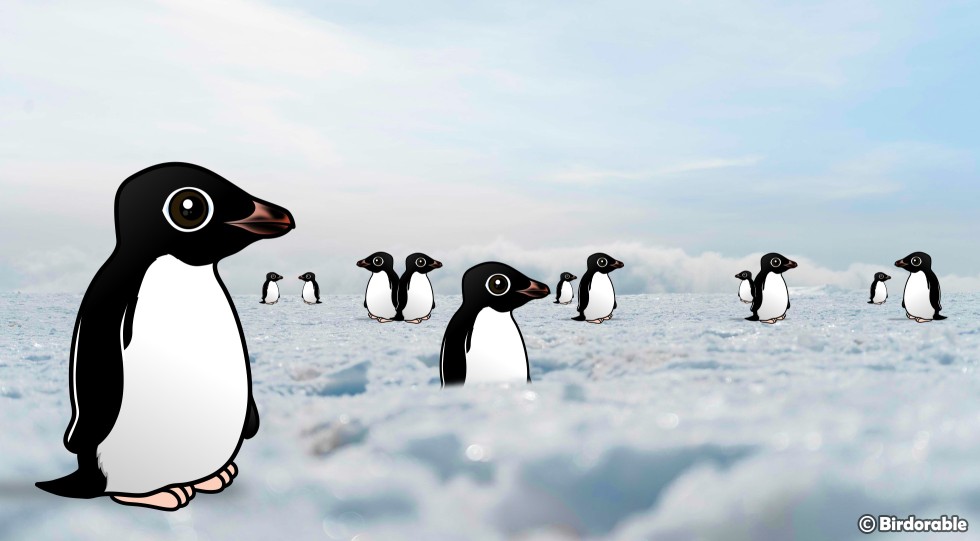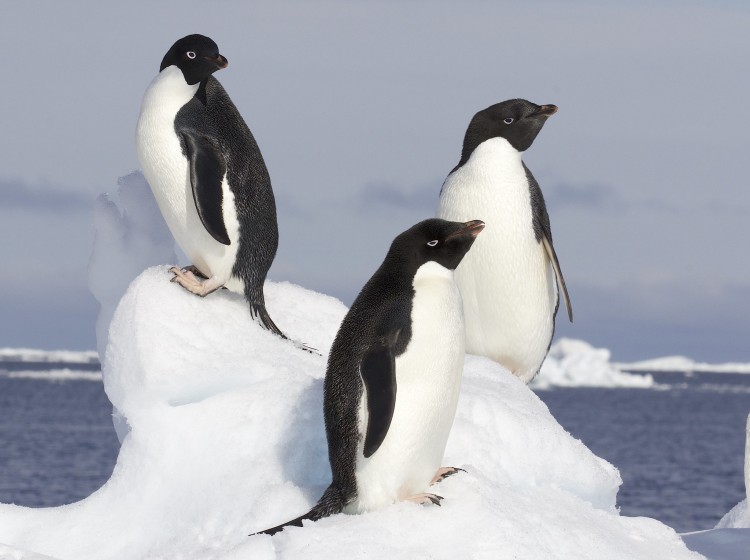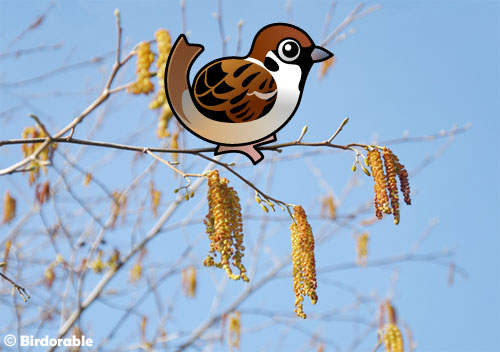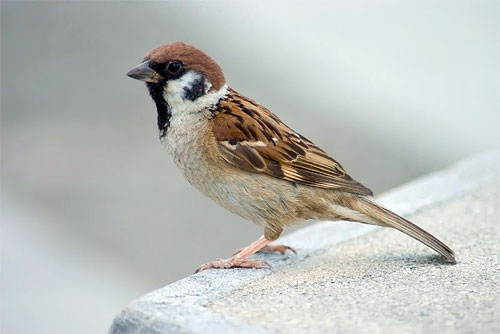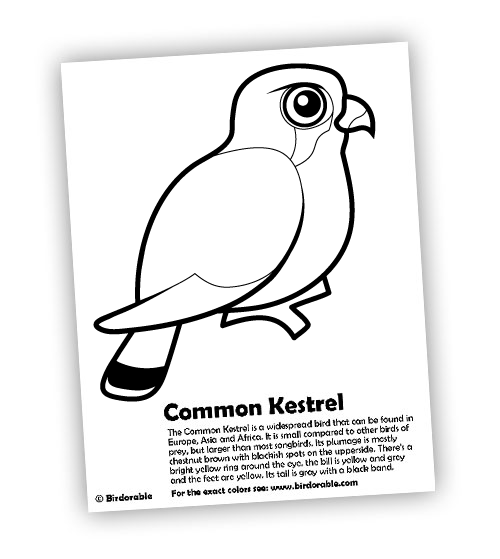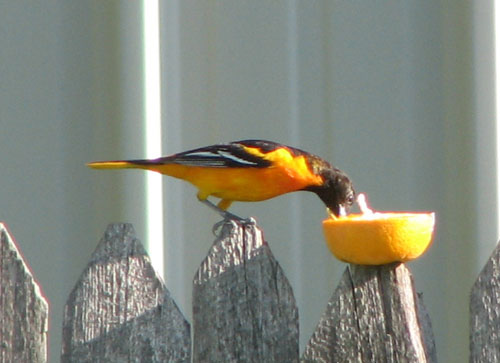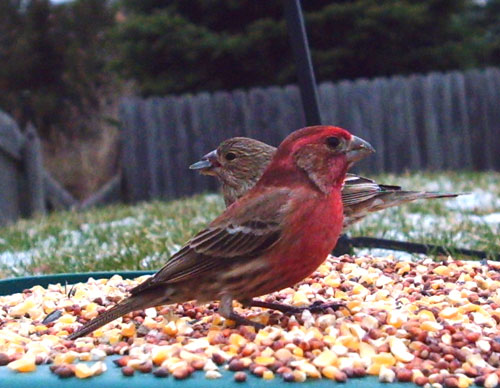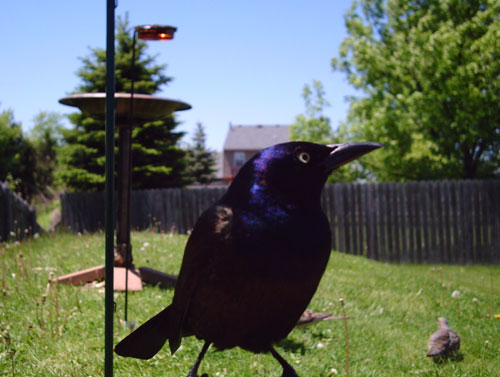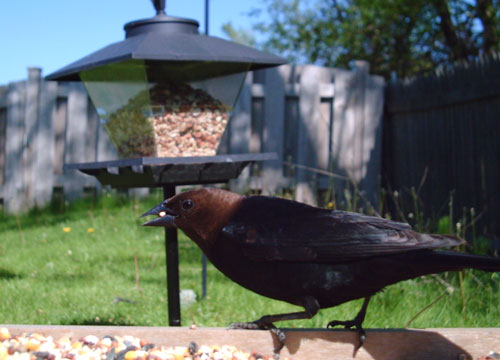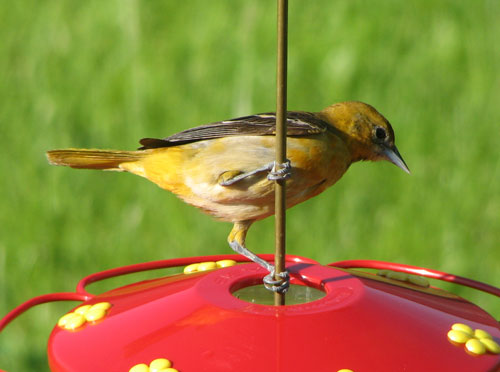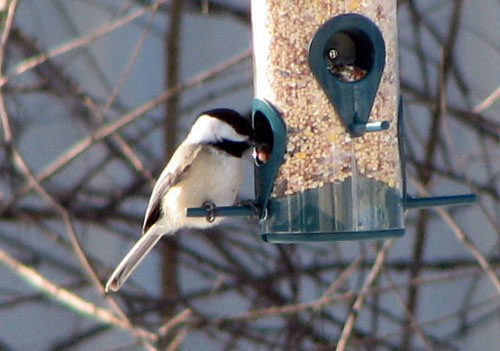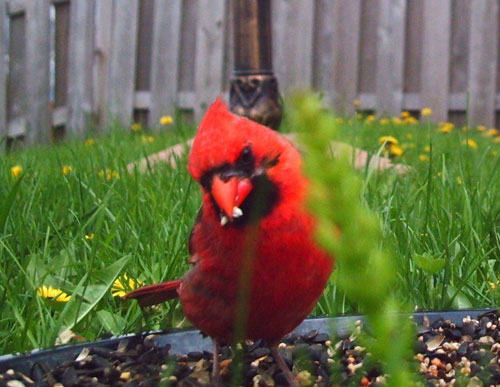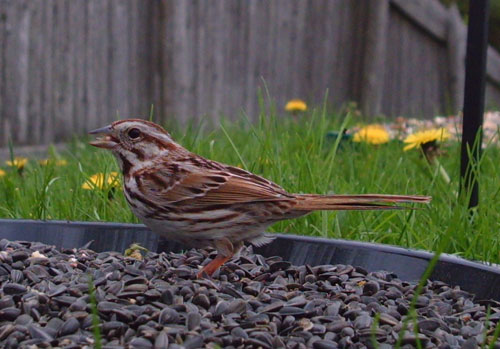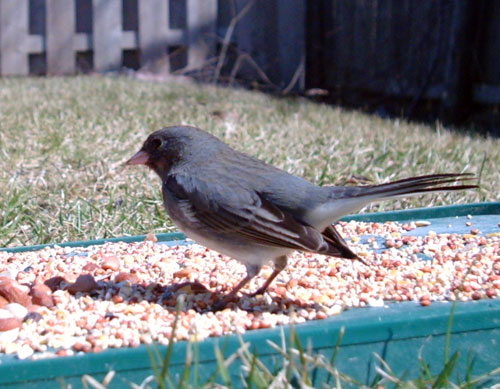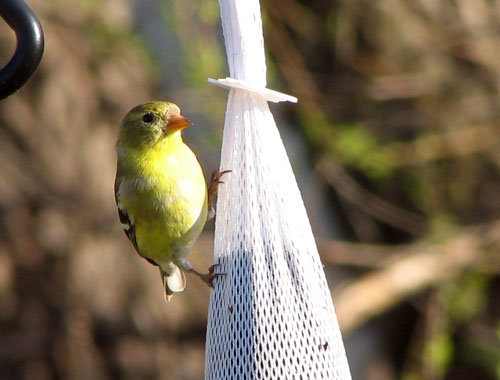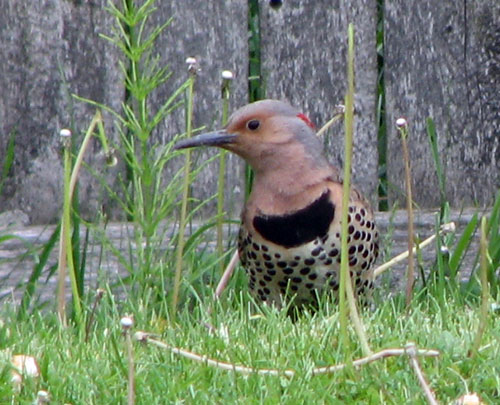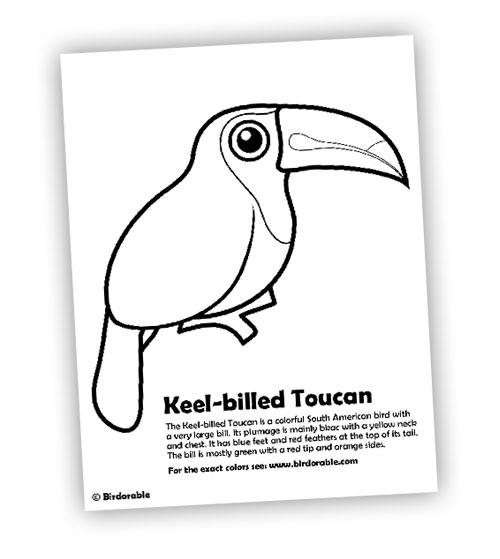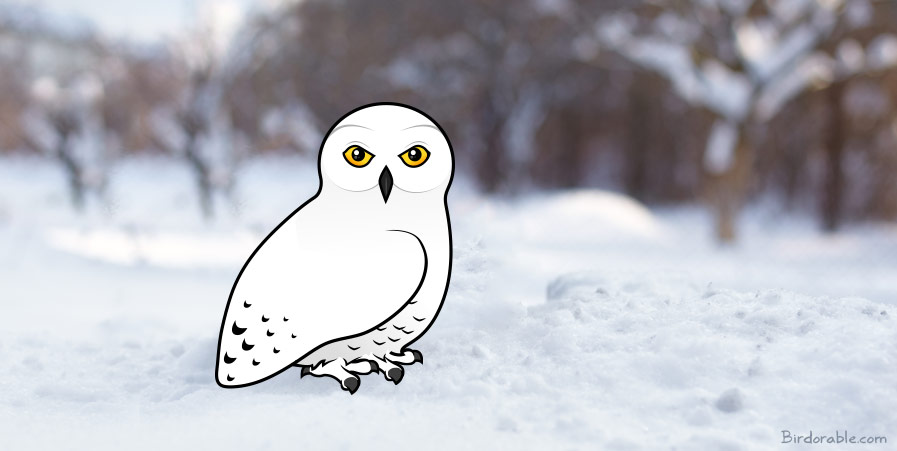Here's another cute Birdorable bird for you to color: the Plum-headed Parakeet. This beautiful parrot is endemic to the Indian subcontinent. Click the following link to download a PDF and print the page for some cute bird coloring fun:
- Plum-headed Parakeet Coloring pages (PDF)
(if you cannot open this PDF file you'll need to install Adobe Reader)
To see the actual colors of this bird visit the Plum-headed Parakeet page. There are two pages for the male and female, which are both a little different.
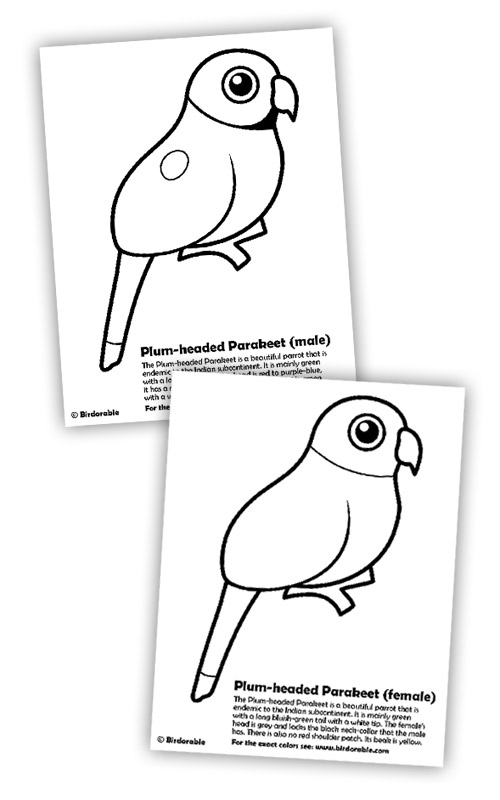
Subscribe to the Birdorable Blog by RSS feed or by email to get notified of new Birdorable coloring pages. You can check out our other coloring pages here.


